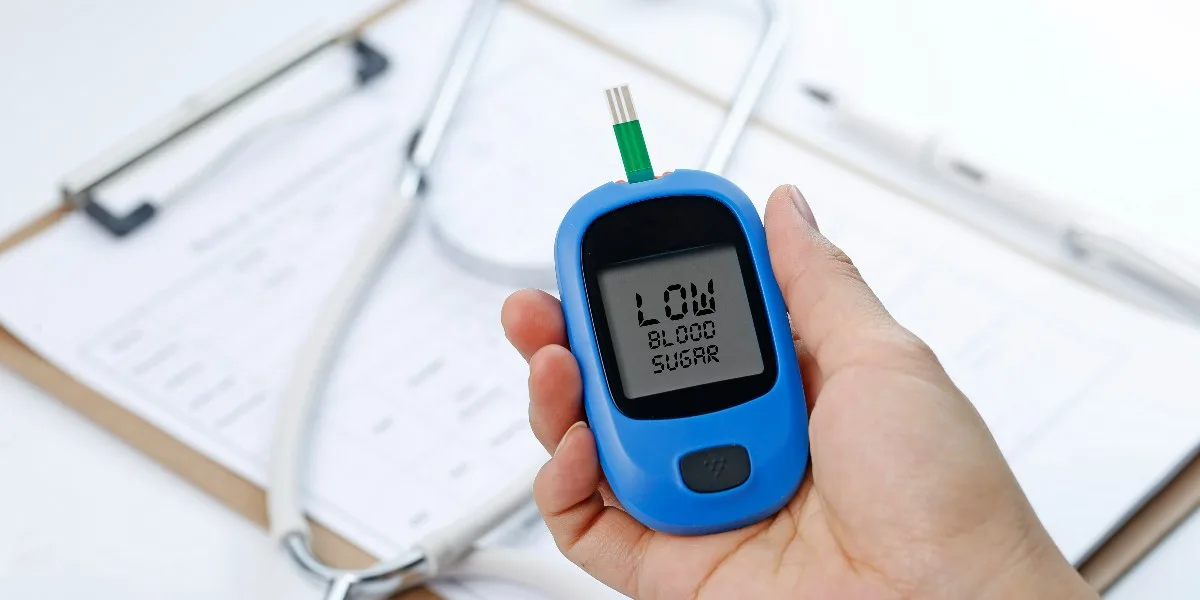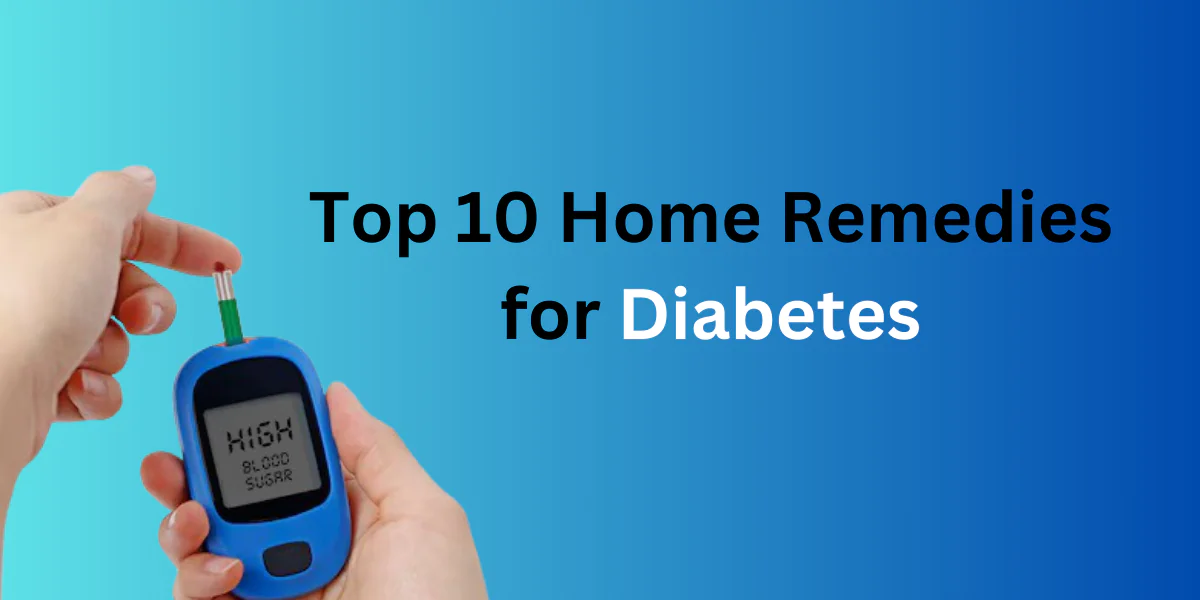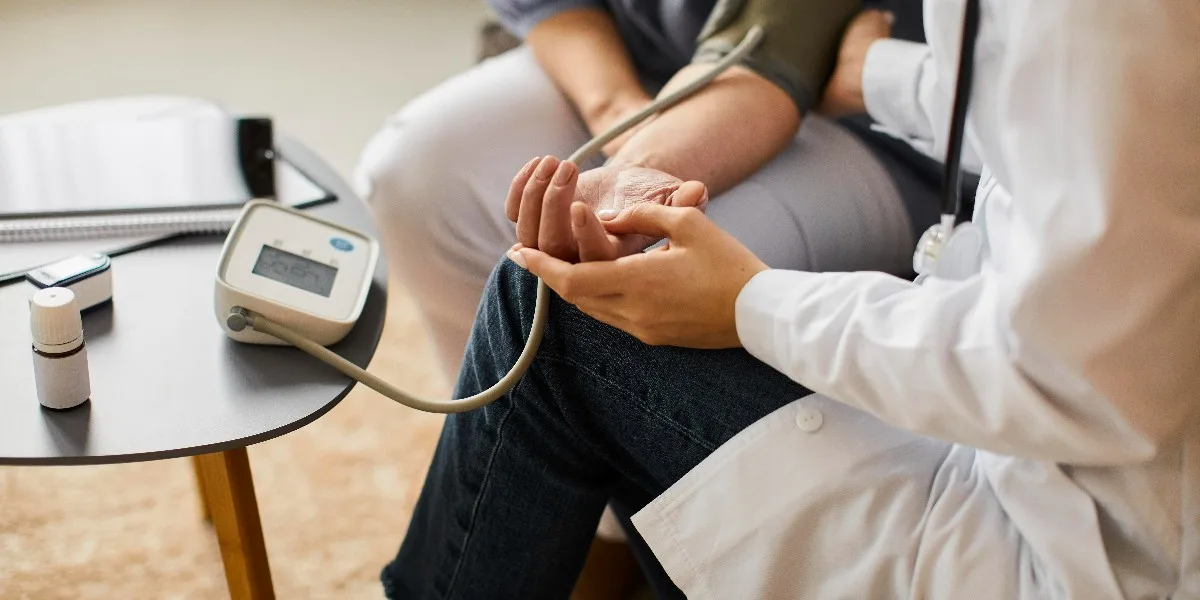Hypoglycemia is a condition where blood sugar levels drop below 70 mg/dL. Although it is often linked to diabetes, it can also affect non-diabetics due to various physiological factors. Hypoglycemia can range from mild to severe, depending on how low the blood sugar is and how quickly it is treated. Since glucose is the brain’s main energy source, timely correction is essential. If left untreated, hypoglycemia can lead to serious complications like brain dysfunction and, in severe cases, death.
2. Causes
The etiology of hypoglycemia is multifactorial, and understanding the underlying cause is crucial for effective management.
- Diabetes-related Causes:In diabetics, hypoglycemia often happens due to overtreatment. Taking too much insulin, either through injections or pumps, is a common cause. Oral diabetes medications, especially sulfonylureas, can also lower blood sugar to dangerous levels. Skipping meals or doing intense exercise without enough carbs makes the risk even higher. Maintaining a careful balance between insulin, food, and activity is key to avoiding hypoglycemia.
- Non-diabetic Causes: Non-diabetics can also have hypoglycemia for various reasons. Drinking too much alcohol without eating can cause low blood sugar by blocking the body’s ability to make glucose. Some medicines, like beta-blockers and quinine, can hide symptoms or lower blood sugar directly. Hormone problems, like those seen in adrenal or pituitary disorders, can also upset blood sugar levels. In rare cases, pancreatic tumors called insulinomas make too much insulin, leading to ongoing low blood sugar.
3. Symptoms
The symptomatic spectrum of hypoglycemia is broad, with manifestations varying by severity. Early recognition is critical to prevent progression to more severe stages.
- Mild to Moderate Symptoms: In the early stages, hypoglycemia causes the body to release hormones like adrenaline, which lead to noticeable symptoms. Common signs include shakiness, sweating, and feeling anxious or uneasy. Dizziness, lightheadedness, and hunger start when the brain detects low glucose levels. Irritability, mood changes, and a fast or irregular heartbeat show the body trying to restore balance. Vision may become blurry as the brain struggles to function with too little energy.
- Severe Symptoms: If left untreated, hypoglycemia can quickly get worse. Thinking clearly becomes harder, leading to confusion, trouble focusing, and strange behavior. Seizures can happen as brain activity becomes disrupted. In severe cases, the person may lose consciousness or slip into a coma, requiring urgent medical care to avoid lasting harm or death.
4. Diagnosis
Accurate diagnosis of hypoglycemia hinges on the integration of clinical presentation, laboratory findings, and a thorough patient history.
- Medical History and Symptoms: The diagnosis starts by carefully examining when and how the symptoms occur. Tracking how often and in what situations—like fasting, after meals, or during physical activity—helps identify possible triggers. This detailed history is crucial in telling hypoglycemia apart from other conditions with similar signs.
- Blood Glucose Test: Checking glucose levels during symptoms is crucial. A reading below 70 mg/dL confirms hypoglycemia. However, linking these readings with the symptoms is important to make a clear diagnosis..
- Fasting Test: In cases of suspected spontaneous hypoglycemia, a supervised fasting test may be conducted. Prolonged fasting, while monitoring blood sugar and hormone levels, helps unearth underlying conditions such as insulinomas or hormonal imbalances.
- Mixed-Meal Test: For individuals experiencing reactive hypoglycemia—episodes occurring shortly after meals—a mixed-meal test may be performed. Blood sugar is monitored following a meal designed to mimic typical dietary patterns, helping to identify abnormal glucose fluctuations.
5. Treatment
The management of hypoglycemia encompasses immediate corrective actions and long-term strategies tailored to individual needs.
- Immediate Treatment for Mild to Moderate Hypoglycemia: The “15-15 Rule” serves as a cornerstone in acute management. Consuming 15 grams of fast-acting carbohydrates—like glucose tablets, fruit juice, or candy—quickly raises blood sugar. Waiting 15 minutes before rechecking glucose levels ensures that the initial intervention was sufficient. If levels remain low, the process is repeated until stabilization occurs.
- Severe Hypoglycemia: In severe cases where you can’t take food or drink, a glucagon injection can be lifesaving. This hormone quickly raises blood sugar by causing the liver to release glucose. If the person doesn’t respond, emergency care like intravenous dextrose might be needed. Quick action is essential to avoid serious brain damage or death.
- Long-term Management: To prevent repeated hypoglycemia, it’s important to address the underlying cause. For diabetics, this usually means adjusting insulin doses or changing the timing of meals and medications. Eating smaller, frequent meals that are high in complex carbohydrates and protein helps keep blood sugar levels steady. Regular blood sugar checks and patient education help people recognize early warning signs and take action before problems become serious.
6. Prevention
Effective prevention strategies are essential for those at risk of recurrent hypoglycemia.
- Consistent Meal Schedules: Eating at regular intervals helps maintain stable glucose levels and reduces the risk of drops between meals.
- Balanced Diet: Incorporating a mix of complex carbohydrates, protein, and healthy fats ensures sustained energy release. Avoiding excessive simple sugars, which can lead to reactive hypoglycemia, is equally important.
- Avoid Skipping Meals: Regular food intake, especially in those on glucose-lowering medications, is non-negotiable. Skipping meals disrupts glucose balance and heightens hypoglycemia risk.
- Proper Medication Dosing and Timing: Regular monitoring gives immediate feedback, allowing for quick responses. Continuous glucose monitors (CGMs) are especially helpful for those with unpredictable blood sugar levels, as they offer real-time insights and alerts.
- Regular Blood Sugar Monitoring: Regular monitoring provides up-to-date information, allowing for timely action. For those with unpredictable blood sugar changes, continuous glucose monitors (CGMs) provide valuable insights and alerts.
Hypoglycemia requires careful management and awareness of its symptoms. Recognizing it early and treating it quickly can prevent immediate risks and help maintain long-term health and stability.
Read also : Understanding Diabetes and Erectile Dysfunction
Disclaimer : The information provided here offers a general overview and is not a substitute for personalized guidance from your healthcare provider regarding hypoglycemia and its management. It’s crucial to have a tailored hypoglycemia management plan developed in collaboration with your healthcare professional. Regular check-ins with your healthcare provider for blood glucose monitoring and medication adjustments are essential for maintaining optimal health.










